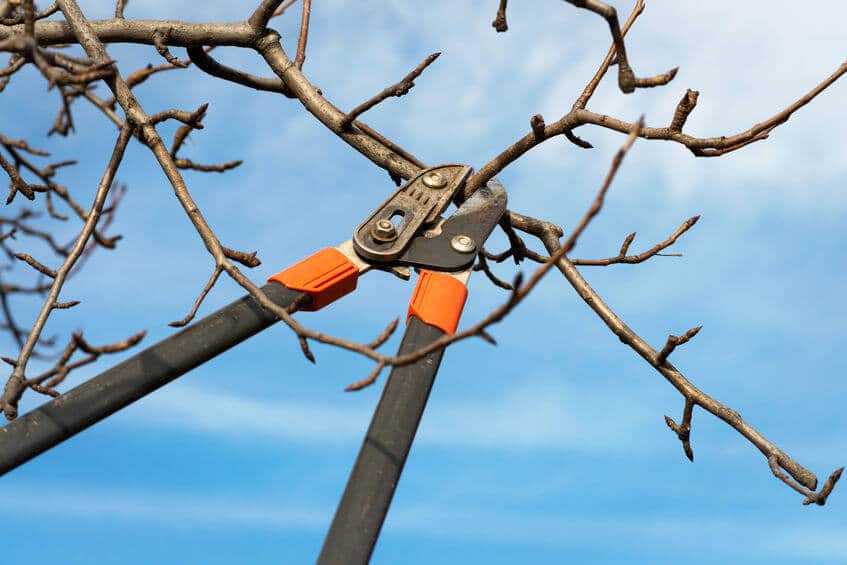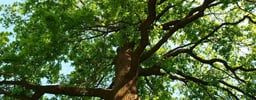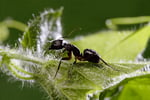If you’re concerned about Creeping Bentgrass in your lawn, look to Senske Lawn Care professionals. With over 75 years of industry experience, we’re experts in Bentgrass control. Best of all, the Senske Promise guarantees our job is done only when you’re satisfied with your Bentg Grass Weed treatment results. We know how to get rid of creeping grass weeds. Contact Senske today. Call (877) 944-4007 or click to request an estimate online for FREE!

Bermuda Grass
Residential Lawn, Tree, & Pest Control
Some descriptive text here?
Pest Control Program
starting at $93/treatmentFull Service Year Round
*Prices vary by location and property sizes
Lawn Care Program
starting at $52/treatmentComprehensive Treatment
*Prices vary by location and property sizes
Pest Control Program
Starting at $93/treatmentYear Round Protection
Per Treatment for Spraying**
Prices vary by location and property sizes
DENVER LAWN CARE
Senske offers Revive®, a uniquely organic lawn fertilization treatment in Denver, CO. This specialty fertilizer and soil treatment is specially formulated for East Denver lawns.
DENVER PEST CONTROL
Our certified pest control technicians expertly identify pest problems unique to Denver and safely rid your home and property of them. We'll even keep them from returning.
DENVER TREE SERVICE
Our ISA certified arborists know the specific needs of trees and shrubs in Denver, CO. Let Senske protect your property investment and care for your trees.

DENVER LAWN CARE
Senske offers Revive®, a uniquely organic lawn fertilization treatment in Denver, CO. This specialty fertilizer and soil treatment is specially formulated for East Denver lawns.
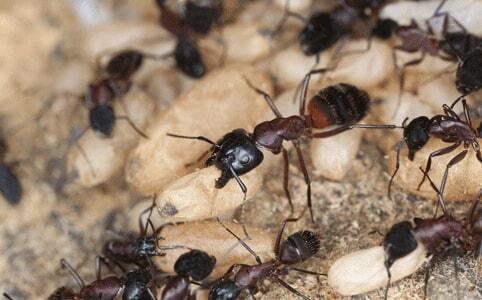
DENVER PEST CONTROL
Our certified pest control technicians expertly identify pest problems unique to Denver and safely rid your home and property of them. We'll even keep them from returning.
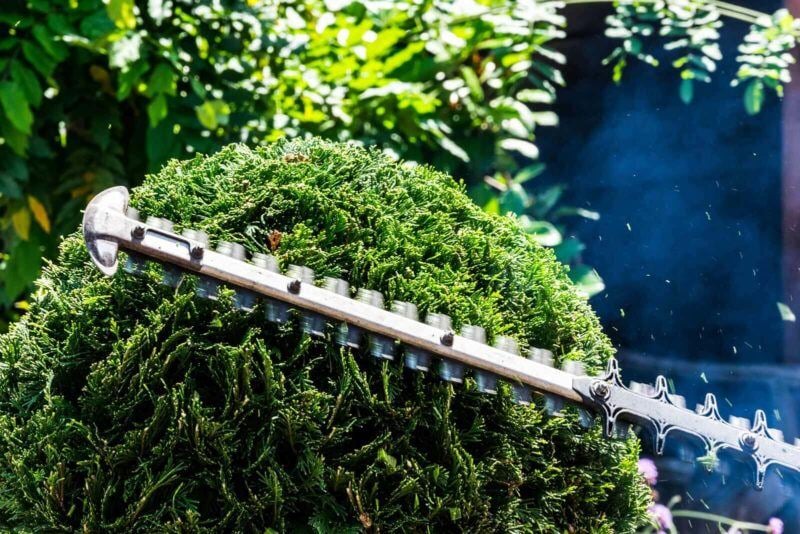
DENVER TREE SERVICE
Our ISA certified arborists know the specific needs of trees and shrubs in Denver, CO. Let Senske protect your property investment and care for your trees.
Do I Need Creeping Bentgrass Services?
If you’ve noticed a different type of grass growing in your lawn, garden, or driveway and patio cracks, you may have a weed issue. Read below to learn more about bentgrass identification, removal, and how to keep it from spreading. Best of all, you’ll learn how to prevent it from coming back.
- What is Bentgrass (Agrostis Stolonifera)?
- What Does Creeping Bentgrass Look Like?
- How to Prevent Creeping Grass in Your Yard
- How to Get Rid of Bentgrass
What is Bentgrass (Agrostis Stolonifera)?
Bentgrass (commonly referred to as Creeping Bentgrass), is a perennial turf known to grow rapidly and go dormant in hot weather. Native to Europe, it was most likely brought to the Americas during colonization. If not planted, Bentgrass is not something fun for any homeowner to suddenly find. Bentgrass tends to grow well in cooler climates, so if you spot it growing in the summer, chances are you’ve noticed an eyesore of patchy, brown turf. Worse than the ugly aesthetics, however, is the fact that the dormancy periods bentgrass experiences in the heat often allows for an infestation of other types of weeds.
Prone to Lawn Disease
Once commonly used in golf courses, it’s not unusual to find bentgrass popping up in weed form from time to time. If it previously existed in your yard, Creeping Bentgrass can be difficult to fully eradicate without professional help. It’s also proven to be a finicky grass, and more prone to lawn diseases than other species so watch out for additional hurt if this creeping grass sets in.
What Does Creeping Bentgrass Look Like?
Unlike turf grasses common to yards today, Bentgrass forms a dense mat of leafy material through the use of stolons. Bentgrass stolons are long and aggressive runners that travel horizontally across the soil, and produce nodes that root themselves in the ground to form new plant copies. Through this method, a single bentgrass blade can propagate many times over.
Bentgrass Identification
Bentgrass identification involves searching turf for grass blades with tiny vines connecting each other. Bentgrass blades tend to grow long and thin. Its texture is smooth and fine. Look for light green color in cooler weather, and browning sheaths and blades that wilt as the summer warms up.
How to Prevent Creeping Grass in Your Yard
Bentgrass will take over your lawn if given the chance and is difficult to eradicate without killing good grasses as well. To prevent Creeping Grass from showing up, make sure to frequently rake through the thatch layer of your lawn. Thorough, infrequent waterings will keep remaining thatch from harboring water and providing good conditions for weeds to grow.
Pull creeping grass out at the roots the second you notice it sprout to avoid infestations. For larger applications, a herbicide combined with a mechanical approach and overseeding may be your best bet.
How to Get Rid of Bentgrass
Many in your position wonder how to get rid of bentgrass. The truth is, you might need a multi-step approach to fully eradicate your Creeping Grass. The best Bent Grass killer you have at your disposal is a Senske Lawn Care professional. Our experts understand Bentgrass identification, will locate problem areas, diagnose causes, and apply an approach proven to help you get rid of bentgrass in your lawn. More than that, we’ll teach you the proper steps to take to avoid the problem from ever taking root again.
Call Senske Lawn Care Professionals
Weeds, Lawn & Tree Diseases, and Pests to Look Out For
Weeds Common for Denver
Senske lawn care and tree service treatments in Denver East enables a greener lawns, healthy trees and shrubs without the hassles and time commitment needed to maintain it yourself. We’ll also help remove weeds, treat lawn and tree diseases and problem areas. Senske Services has been providing residential and commercial lawn care services to communities in the Northwest since 1947.
Our Denver East and surrounding communities lawn care services reflect our commitment to quality in all aspects of lawn maintenance. Learn more about Denver East weed and lawn diseases we solve:

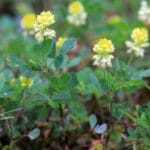








Find Out About Other Weeds, Lawn & Tree Diseases, and Pests to Look Out For

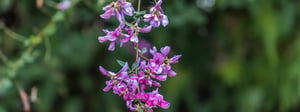
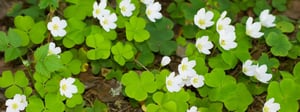

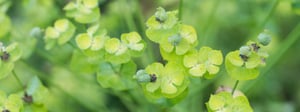
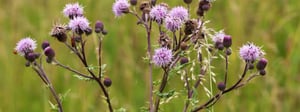

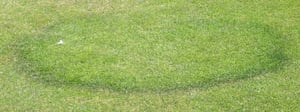
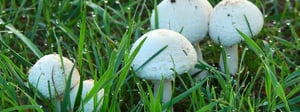
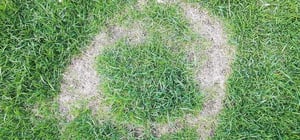
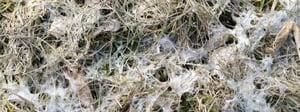


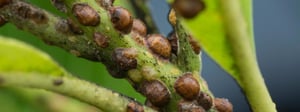
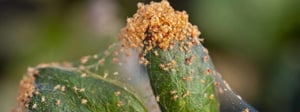
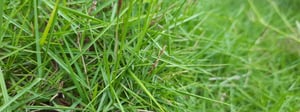

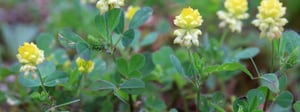
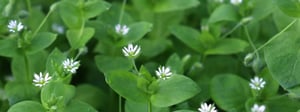

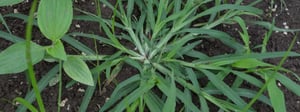
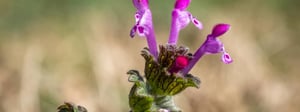

How can we help you?
100% Guaranteed Results
Get a Free Estimate Today
Make your yard the greenest on the block and enjoy a home free from pests, all delivered by courteous, & professional techs.Great service!
Jason did a nice job on our Christmas lights. The crew arrived on schedule and accommodated my special requests. They even wired up a few of my yard decorations without my asking them. Thank you!
Very Professional!
“Max calls ahead, comes early in the day, and answers all my questions. He’s very professional!"Extremely Pleased!
“I have been extremely pleased with this service, my lawn has literally gone from drab to fab. Steve serviced the lawn today and as always, let's me know he is here (per my request) tells me follow up steps and then is on his way to do the service."Thankful for Senske!
“I am thankful my neighbor recommended Senske services, as a single mom, I do not have time, or energy to fix my lawn, so I hired the pros. Definitely worth it and very reasonable costs. Much appreciated."The Dirt
Find out more on our blog.


